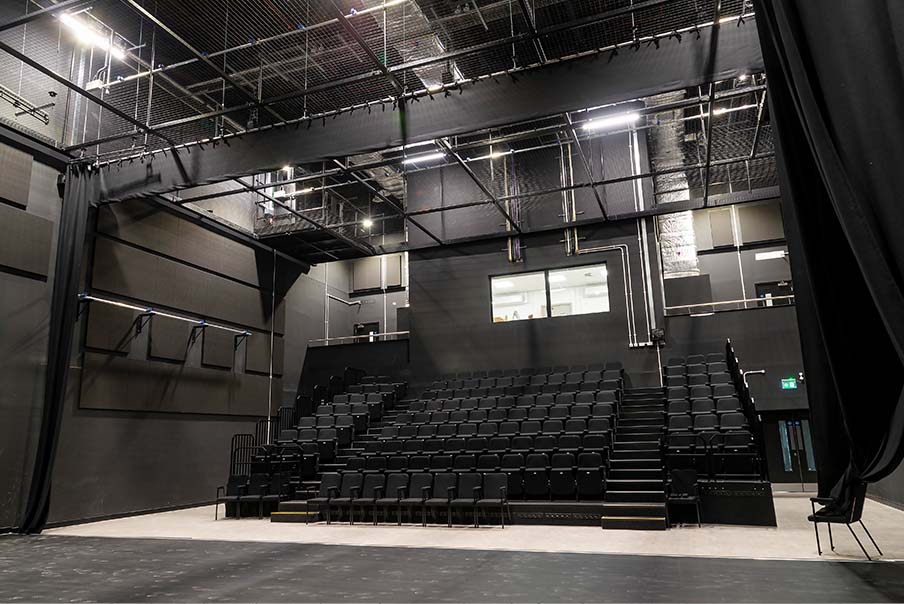Fire dampers play a critical role in any fire containment and control system. They are installed in HVAC systems when ducts are needed in order to breach a barrier that would otherwise be fireproof.
Fire dampers should be installed as part of the HVAC commissioning process. They will form a part of the overall design and creation of a bespoke HVAC system.
What are fire dampers?
Fire dampers are fire protection devices that are used in ventilation, heating and HVAC ducts to prevent fire from using ducts to spread. A duct that doesn’t have fire dampers can become a means by which fire can spread through otherwise fireproof walls, making a fire situation much worse more quickly. The ductwork, in effect, acts as an efficient corridor for the fire.
Fire dampers are shaped to fit around the ducts and will automatically close when the temperature within the ducting rises. Regular fire damper testing is required to ensure that they are reliable in the event of a fire. Testing also ensures that your dampers are not prone to an accidental release that could cause the shutdown of your extraction system.
Fire dampers contain a thermal element, known as the fusible link, that is designed to melt at a temperature low enough to indicate a fire is present. This temperature is above the normal ambient temperatures. If they’re being installed in an environment where the usual ambient temperature is higher than average, such as a commercial kitchen, then a higher degree fusible link can be installed.
Our previous blog looked at how fire dampers work in more detail and why they’re so critical to the safety of your building and its occupants. Check it out
What are exhaust dampers?
An exhaust damper, also known as a backdraft damper, works within HVAC ducts to diffuse harmful exhaust gases and prevent the buildup of dangerous chemicals and fumes. Lightweight aluminium blades on a light steel spring maintain the damper in the closed position when no air is flowing, preventing wind/drafts from flowing back through the duct.
A backdraft damper helps control the flow of air through exhaust ducts in your home or office, as well as preventing unwanted air from returning into the ductwork. Backdraft dampers are typical in bathroom exhaust ducts, kitchen range hoods and dryer vents.

Professional installation, testing and advice
An exhaust duct could act as means by which fire can spread, so a fire damper may be required. As with any ductwork, the requirement for a fire damper and where it should be installed should be assessed by a professional installation team.
Any dampers installed into your ductwork will also need to be tested on at least an annual basis to ensure that they are working properly. This should be carried out by competent and experienced HVAC commissioning engineers to ensure your fire dampers are working as they should
ECS is the north of England’s HVAC commissioning specialists. We work across all sectors and are trusted for our professional approach and attention to detail.
Call 01535 600688 or email info@ecs-yorkshire.co.uk to find out more about our services.

